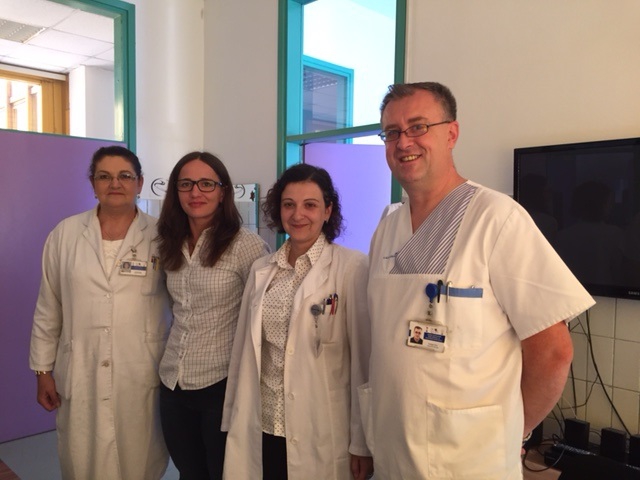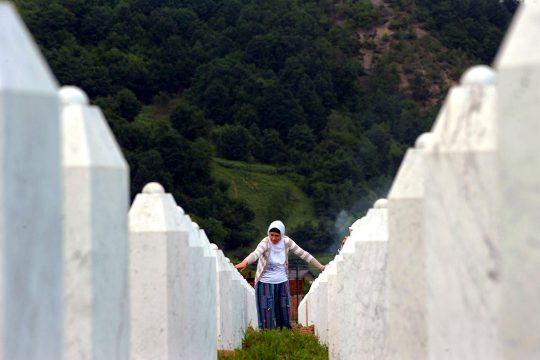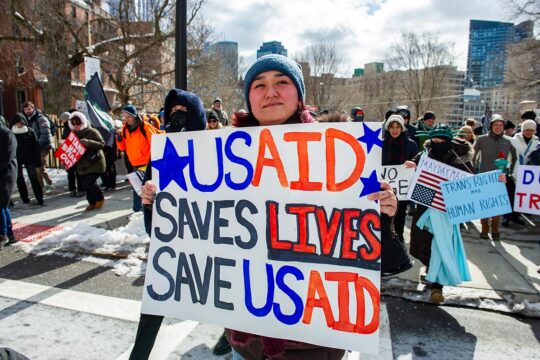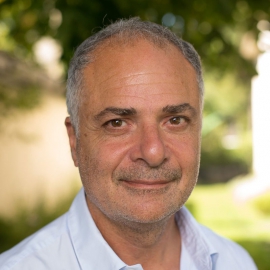The figures are staggering: according to the Bosnian authorities, 450,000 people are suffering from post-traumatic stress disorder (PTSD) and 1.4 million have shown at least one symptom of PTSD, out of a population of only four million. It is not possible to verify these figures but there is a general consensus that a large part of Bosnia-Herzegovina`s population, especially civilians, have suffered or are still suffering psychologically from the consequences of the war.
For years they suffered bombings, were subject to violence or it was their relatives who suffered it between 1992 and 1995. In Bosnia, like in other conflict zones, psychologists have established that trauma can be transmitted to new generations born well after the end of the conflict.
To tackle this situation, the authorities of the Federation of Bosnia-Herzegovina and of Republika Srpska – for once in agreement! – launched a project in 2009 setting up municipal mental health clinics. Switzerland, especially the cantons of Geneva, Bern, Fribourg and Jura – are contributing one million francs per year to provide experts and training for health staff.
The municipality of Ilidza, on the outskirts of Sarajevo, has many inhabitants who lived through the three years and eight months siege of the Bosnian capital, and women from Srebrenica who lost their fathers, brothers and sons. Here, in a graceless building, is one of the clinics of the country’s mental health project. The concept is simple, explains psychologist Selma Kikic: stop “stuffing” patients with medicines or shutting them up in hospitals for life, and replace this with a multidisciplinary approach led by psychotherapists and art therapists. The aim is to reintegrate as quickly as possible people suffering from psychological disorders into their social and professional life. In most people’s opinion, this approach is a success, including in financial terms. The number of people sent to hospital with psychological problems has dropped by 30% in just a few years. “This is an excellent return on investment for Swiss taxpayers,” says Joseph Guntern, in charge of Swiss development aid in Sarajevo.
Victims with mental disorders still on the rise
Mirela Hadzic works with Selma Kikic in Ilidza. She lived through the siege of Sarajevo herself when she was a teenager, and later became a psychologist. The health staff was also deeply marked by the war. “We help each other, but sometimes we need more supervisory staff,” admits Mirela Hadzic, who sees eight patients per day. She tells the almost tragically common story of one of her patients, 54-year-old Jasmina from Ilitza. Her husband was killed during the war, she was raped and forced out of her home. She went into exile in Germany, but only showed signs of PTSD when she returned to her house in Ilidza ten years later, including insomnia, feelings of being persecuted, mental turmoil and recurring traumatic images. Jasmina then went to the clinic and met Mirela. After four months of psychotherapy, she dared to talk about her rape and how it has filled her with shame, recounts the psychologist. She is continuing individual and group therapy and as the months go by her symptoms are less severe. “Now Jasmina only comes back to the clinic during the period of the year when she was raped and during the July commemorations in Srebrenica which bring back her trauma. Otherwise, she leads as normal a life as possible after such events,” says Mirela Hadzic. The only medicines that Mirela prescribes for any of the clinic’s 700 patients are anti-psychotics for those that need them on a temporary basis, like 39-year-old Kenan who suffers from hallucinations and hearing disturbances and is deeply affected both by an alcoholic father and the siege of Sarajevo.
The mental illnesses evolve with the years. In the beginning, the psychologists and psychiatrists saw only the traditional symptoms of PTSD such as nightmares, traumatic images, isolation and loss of appetite. Mirela Hadzic has noticed that in the last few years these symptoms are giving way to others such as depression, bipolar disorders and personality change, often causing serious family problems. And along with that comes aggression amongst many children and adolescents, which they often turn on themselves. This helps to explain the high rate of suicides among young people. It is not helped by the economic and social context. There is massive unemployment especially amongst the young (62% of 15-24 year olds have no job), a feeling that they have no future, parents often traumatized by the war and a very low standard of living among the poorest sections of the population. This helps to explain the fact that the number of people suffering from mental disorders continues to rise, even if the war ended 21 years ago. Its consequences are still being felt.







